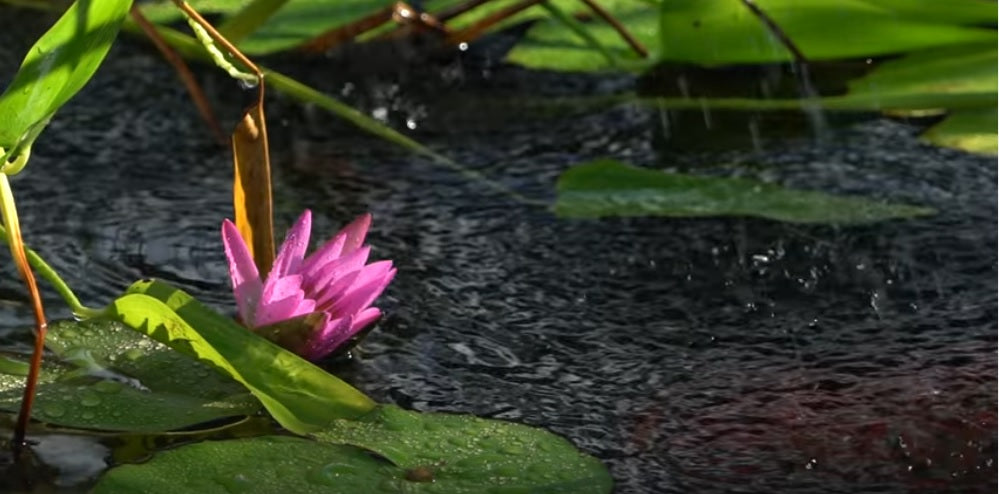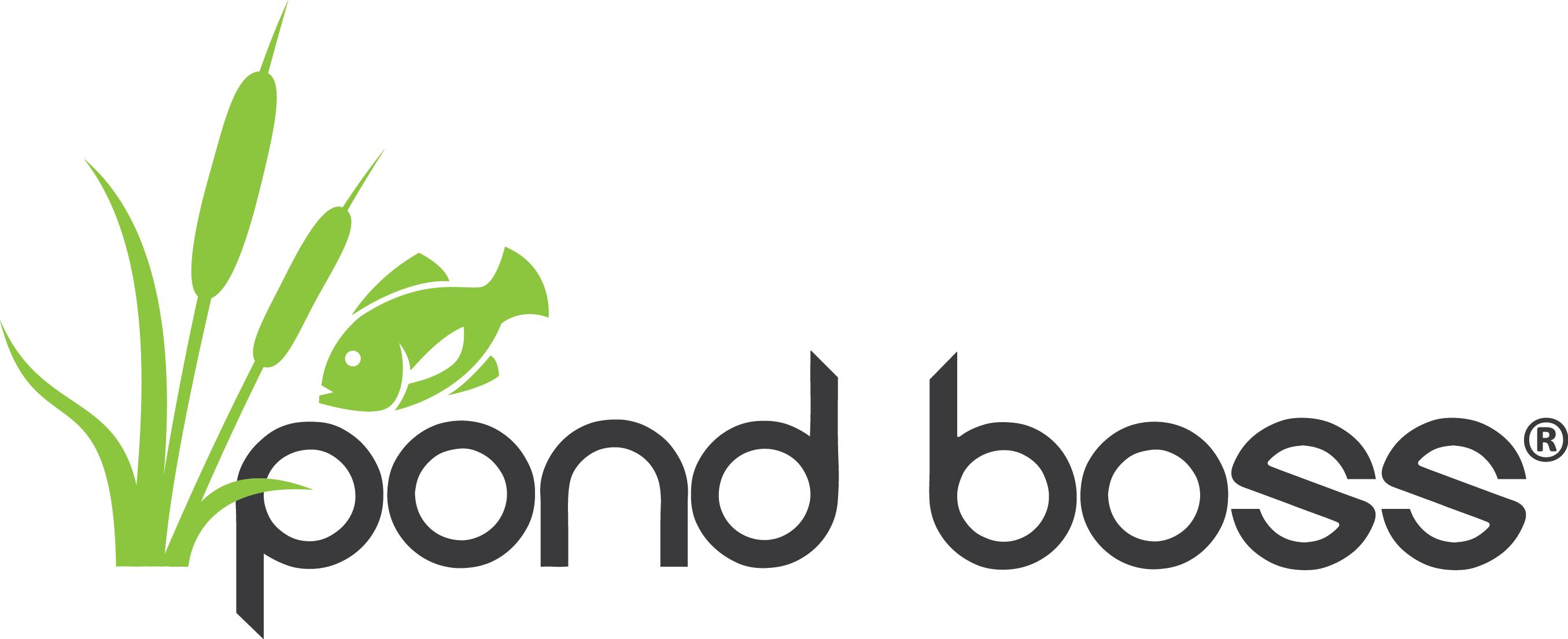
How to Pick the Best Aquatic Plants for Your Pond
Spring is a time of year that is teaming with life, and your pond should be no different. As temperatures rise, you reopen your pond and start back on a regular fish feeding schedule. The life of your aquatic plants is apparent too. Tropical plants that were brought indoors for winter are added back into their place and you may even notice a few blooms. For those who are looking to add aquatic plants to their pond, this guide will help to determine the best types of plants for your specific pond.
The simplest way to identify aquatic plant variations will depend on the location you can place the plant in the pond. Those variations are floating, submerged, emergent, and marginal.
Floating Aquatic Plants

Floating plants are not rooted in any soil and float along the surface of the water. They can provide nice pockets of shade in the pond to reduce direct sunlight entering all areas of the pond. Many floating aquatic plants may be considered invasive depending on your location, so find out a little bit more before making your purchase and ensure that floating plants never cover more than 50% of the water’s surface.
- Water Hyacinth
- Water Lettuce
- Carolina Fairy Moss is an excellent source of garden fertilizer if it needs to be removed.
- Parrot Feather can be used by fish as a protective to lay their eggs wrapping the soft leaves around as a barrier to predators.
- Water Velvet are able to grow best in slow moving water.
Submerged Aquatic Plants
Submerged plants are those that are rooted in the deepest parts of the pond, but the plant is not meant to grow tall enough to break the surface of the water. They are most often used to provided additional oxygen into the water and reduce the nutrient load used by algae to grow. Because these plants are located entirely underwater they provide protection to fish and a food source to ducks and turtles.
- Hornwort
- Elodea
- Anacharis
- Cabomba
- Moneywart
Emergent Aquatic Plants

Emergent plants are those that are also rooted in the deepest parts of the pond, but the plant is mean to grow tall enough to break through the surface of the water, but not to a height greater than its parts below the water’s surface.
- Water Lilies come in a variety of blooms and hardy and tropical varieties. Find a lily that will work best in your anticipated temperatures and find a color you know you will enjoy!
Marginal Aquatic Plants

Marginal plants are planted in shallow areas of the pond (about 2 ft below the surface) and are meant to grow more above the surface of the water than below. Marginal plants are where lots of pond owners get creative. There are a wide variety of marginal plant options and can be left in pots to store indoors for winter or move around throughout the year for various effects.
- Iris
- Taro
- Lotus
- Rushes
- Cattail should be planted only in a pot to avoid invasive growth.
- Umbrella Palm
- Arrowhead
- Canna Pretoria
- Water Clover
- Cardinal
When thinking about selecting pond plants, now you have a broader scope of your options depending on location. Think about if your pond needs more color with a flowering plant, more aeration with an oxygen producing plant, or reduction in algae in a natural way. Your pond is going to look great this year with your new aquatic plants!


